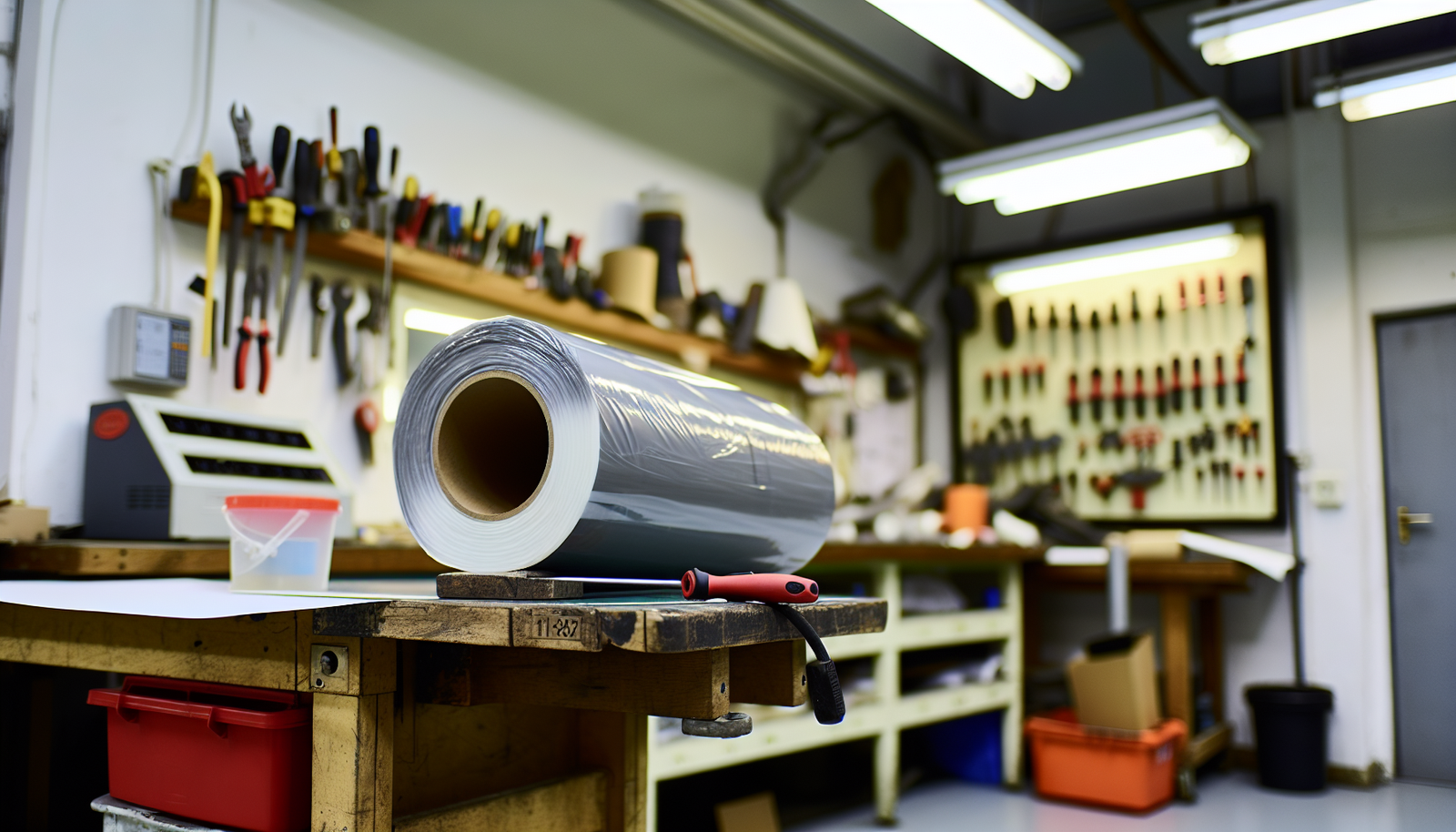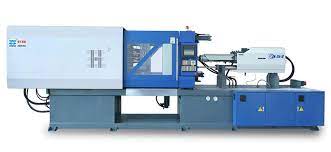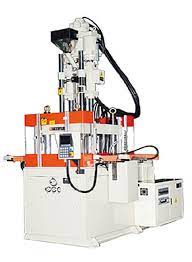
In the ever-evolving landscape of materials science and engineering, härdplastutbildning, or polymer hardening training, has emerged as a crucial discipline. This article aims to demystify härdplastutbildning, breaking down its basics for a clearer understanding of its importance and applications.
Understanding Härdplastutbildning
Härdplastutbildning refers to the process of imparting knowledge and skills related to the hardening of polymers. Polymers are large molecules composed of repeating structural units, and härdplastutbildning focuses on enhancing their physical properties through various hardening techniques. These techniques include chemical, thermal, and radiation methods, each tailored to specific polymer types.
Key Components of Härdplastutbildning
- Polymer Chemistry FundamentalsAt the core of härdplastutbildning is a deep understanding of polymer chemistry. Trainees delve into the structure and behavior of polymers, exploring the relationships between molecular composition and material properties. This foundational knowledge forms the basis for successful härdplastutbildning.
- Hardening TechniquesHärdplastutbildning encompasses a range of hardening techniques, each serving a unique purpose. Chemical hardening involves the use of additives or cross-linking agents to strengthen the polymer matrix. Thermal hardening utilizes heat to induce molecular rearrangements, enhancing the material’s robustness. Radiation hardening employs ionizing radiation to cross-link polymer chains, resulting in improved mechanical properties.
- Industry ApplicationsThe practical application of härdplastutbildning extends across diverse industries. From automotive components and aerospace materials to medical devices and consumer goods, polymer hardening plays a pivotal role in enhancing product performance and durability. The training equips professionals with the skills to address industry-specific challenges and contribute to technological advancements.
Significance of Härdplastutbildning in Modern Industries
- Durability and Performance ImprovementHärdplastutbildning contributes significantly to the enhancement of polymer materials, increasing their durability and overall performance. This is particularly crucial in industries where materials are subjected to extreme conditions or high stress, ensuring that products withstand the test of time.
- Innovation and Technological AdvancementsAs technology continues to advance, härdplastutbildning becomes instrumental in driving innovation. Professionals trained in polymer hardening contribute to the development of cutting-edge materials with improved properties, fostering advancements in various industries.
How Härdplastutbildning Impacts Sustainability
In the context of sustainability, härdplastutbildning plays a vital role in optimizing material usage and reducing waste. By improving the durability of polymers, products have a longer lifespan, reducing the need for frequent replacements and minimizing environmental impact.
The Role of Härdplastutbildning.se
For those looking to embark on a journey into härdplastutbildning, the website härdplastkurs.se serves as a valuable resource. Offering comprehensive courses and resources, the platform caters to individuals seeking to expand their knowledge and skills in polymer hardening. The courses cover everything from basic principles to advanced techniques, providing a well-rounded education in härdplastutbildning.
In conclusion, härdplastutbildning is a dynamic field with far-reaching implications for various industries. By breaking down its basics, we hope to shed light on the importance of polymer hardening and inspire a deeper appreciation for the role it plays in shaping the materials of the future.






